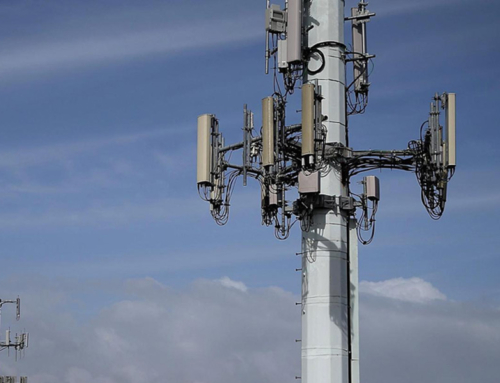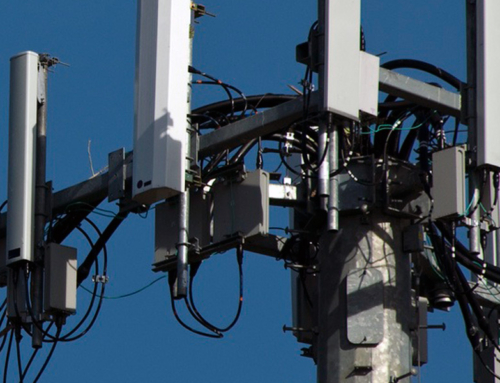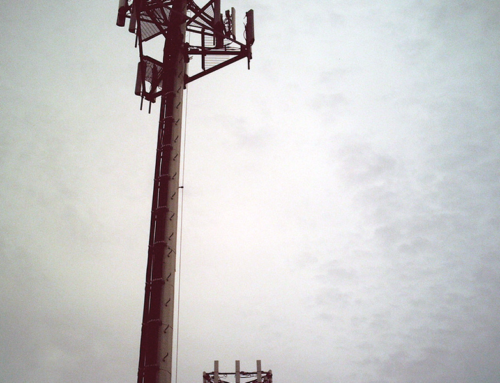Sprint Inc. has finalized a strategy for an overhaul of its cellular network that is expected to reduce expenses by $1 billion. The plan is to move its leased tower space from private property owners’ sites to cheaper government-owned locations.
Sprint CEO Marcelo Claure has been outspoken about his goal of becoming the first- or second-rated wireless network in the country, which is a tall order considering Sprint is widely viewed as the weakest of the four major carriers. Because towers and property space are the largest component of a wireless carrier’s network operating expenditures, Sprint expects to shave $1 billion from its overhead in 2016 with the planned tower relocations and yet another billion annually by reducing dependency on AT&T’s and Verizon’s “backhaul”— fiber-optic cables that provide links to cell towers and mobile switches. Instead it plans to make use of microwave technology by Clearwire, a firm acquired by Sprint in 2012.
While the projected cost savings may be advantageous to Sprint’s wallet, it could still be problematic for its bottom line if these changes lead to loss of subscribers. Revamping network infrastructure is a huge undertaking that, as the past has shown, results in hiccups and headaches that drive subscribers away. Service disruptions would not aid already tenuous consumer perceptions about Sprint’s performance and may well have disastrous effects for the company, which is nearly $34 billion in debt and hasn’t had a quarterly profit in a decade.
Sprint’s decision is most certainly unwelcome news for tower lessors like American Tower Corp. and Crown Castle International Corp.. They will start feeling the impact as soon as June or July of 2016 when the process is set to begin.
What do these developments mean for an individual cell site leaseholder or investor? Each lease is unique, so the implications vary based on the particulars of that agreement. For example, is there revenue share language in the contract? Is there a one-tenant (Sprint) tower or a multiple-tenant tower on the property? These are just a couple of questions among many that will determine how you are likely to be affected. With Sprint’s infrastructure transition project being massive, disruptions being probable, and the demand for continuous coverage always high, it is even possible that new lease agreements with landowners could arise if Sprint needs to bolster capacity to retain its subscriber base.
The only sure thing is that Sprint is making moves. The outcome remains to be seen. For landowners, it is smart to prepare yourself as best as you can by learning about the options available to you based on your specific lease agreement and circumstances. The Filo Group can help assess your current situation and provide expert advice on how to preserve and maximize your lease income. Contact us today for a free consultation.








